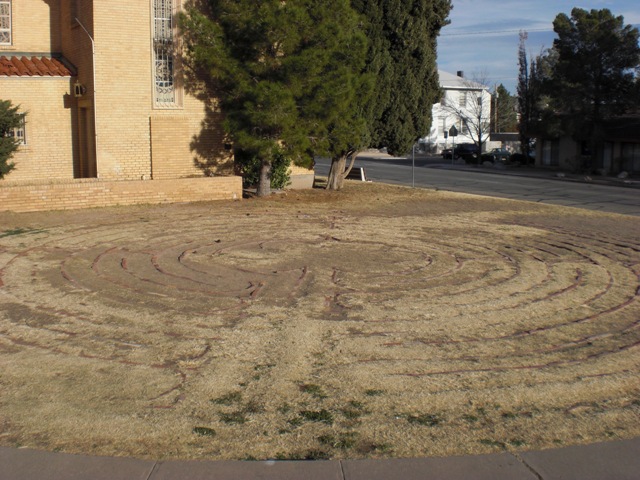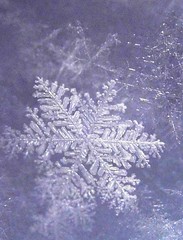Photo from the Snow Labyrinth blogWhen I lived in Moscow (1996-2000), one of the highlights of late autumn or early winter was building an ice rink on the upper level of the U.S. Embassy compound that could be enjoyed all winter. Once there was enough snow on the field across from our apartments, a group would gather one evening to push it into an oval berm, then use garden hoses to apply water gradually enough that it would freeze. With a little maintenance, it would provide a place place for young and old all winter. I remember well that first New Year's Eve when Annie's friends borrowed all her skating costumes and rang in 1997 on the ice while we sipped champagne. I'm sure those of you from Minnesota view the homemade rink as an annual, commonplace occurrence, but for someone who grew up in Atlanta, it was magical.
Well, here's another do-it-yourself snow sculpture project on a grand scale, far more intricate -- an 80-foot Chartres-style labyrinth using the snow that piles up where he lives in northern Vermont. The photos are just stunning, and the diary of all the preparation and building work is quite inspiring.
It's a living construction, because new snow falls frequently and the paths are walked to keep them clear. The opportunity to dialogue with the land (and the weather) on a daily basis in a space like this must be a real blessing. You can enjoy it from wherever you are with a virtual labyrinth walk on YouTube.



